Last week, DreamHack made the very interesting announcement that its summer Hearthstone tournament will determine its top eight through a 128-player non-elimination Swiss tournament. They’ll be competing for a prize pool of $40,000, which is easily the most money that’s ever been on the line in a Swiss format in Hearthstone. Between the open qualifications, the huge player count, and the lack of elimination, this may be the most unbiased bracket we’ve ever seen.
I know what you’re thinking, “what the hell is Swiss?” You’re not out of the loop, Swiss formats are very common in other card games but we haven’t seen much of it in Hearthstone. Here’s what you need to get up to speed on what makes Swiss a worthy alternative to the norm.
Ok, let’s start with the basics, what is a Swiss format?
A Swiss format, (or Swiss as it’s generally known,) strengthens strong, balanced, hard-to-counter decks. It’s a pairing system, essentially, and can be used in everything from Magic: The Gathering to chess. The way it works is that over the course of a set number of rounds (6, 8, whatever,) you play against people with similar records as yourself. So let’s say you get to an awful start, your matches will be against other people who’ve gotten off to an awful start. If you start to do better, your opponents will get better. At the end, you calculate who has the best record based on matches won and then, usually, the game difference.
What does that mean for the tournament?
You’ll see a greater emphasis on archetypes that don’t have any glaring weaknesses. In a sense Swiss tournaments are a lot like grinding ladder because you never know who you’re going to face next. You’re just bringing whatever you think is strong and has a chance to beat everything else. That means you won’t be seeing tech cards like Kezan Mystic quite as much. The actual match type that Dreamhack is using is a Best of Five Conquest, so that will be standard practice at least.
What does that mean for the viewers?
If you’re like me, Swiss formats are easier to follow. I love how technical competitive Hearthstone can get, but when I watch a lengthy, ultra-deep banning phase my eyes tend to roll back into my head. Most viewers, including me, aren’t able to follow the level of precision that goes into that process, which is a shame, because a banning phase can easily win or lose games. With Swiss, we’re just watching fixed decks perform against each other.
So what will we learn from a 128-player Swiss tournament?
Ideally, when the dust settles and we have our top eight, we’ll be looking at a small group of players who performed exceptionally well over the course of a long, grueling stretch of rounds. Because this is non-elimination, the top eight will resemble the same sorts of players that do really well on ladder. Think of it like a batting average in baseball. A two-match group phase is a ridiculously small sample size, but winning more games on average over an extended stretch of time? Being one of the 8 best performing players out of a humongous field?
Dreamhack says that’s how qualification should work, and I don’t think it’s wrong.
Correction April 22, 2015 10:15am CT: The original version of this article didn’t accurately describe the format and structure of a Swiss tournament. We regret the oversight.
Photo via DreamHack/Flickr



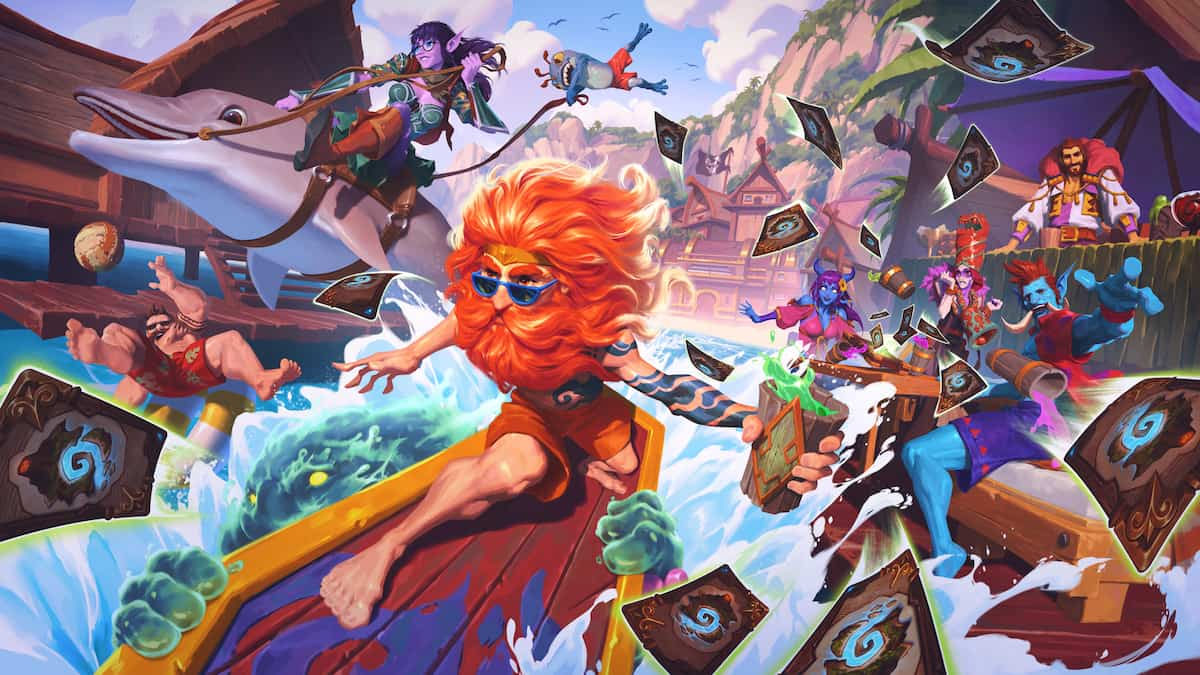

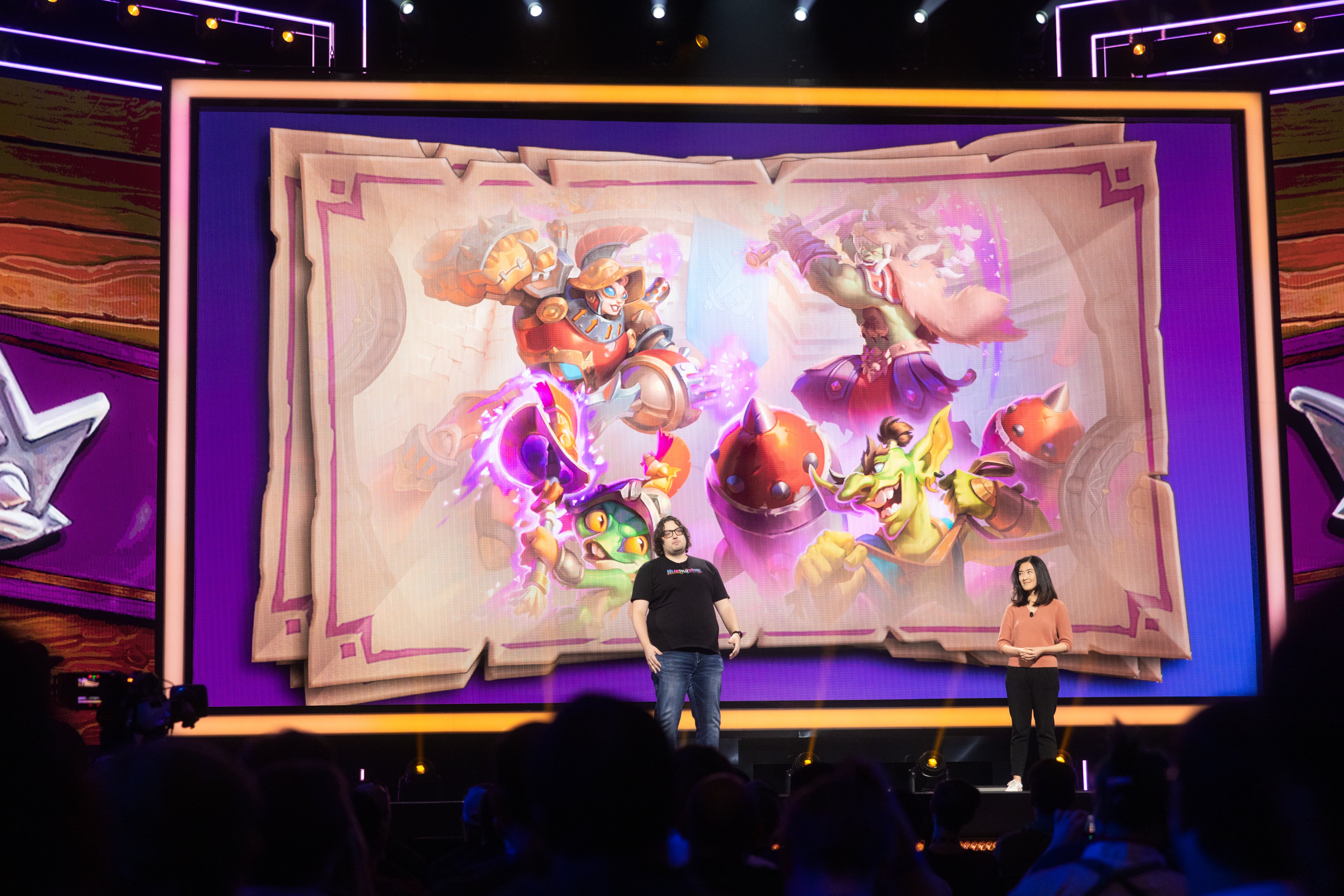
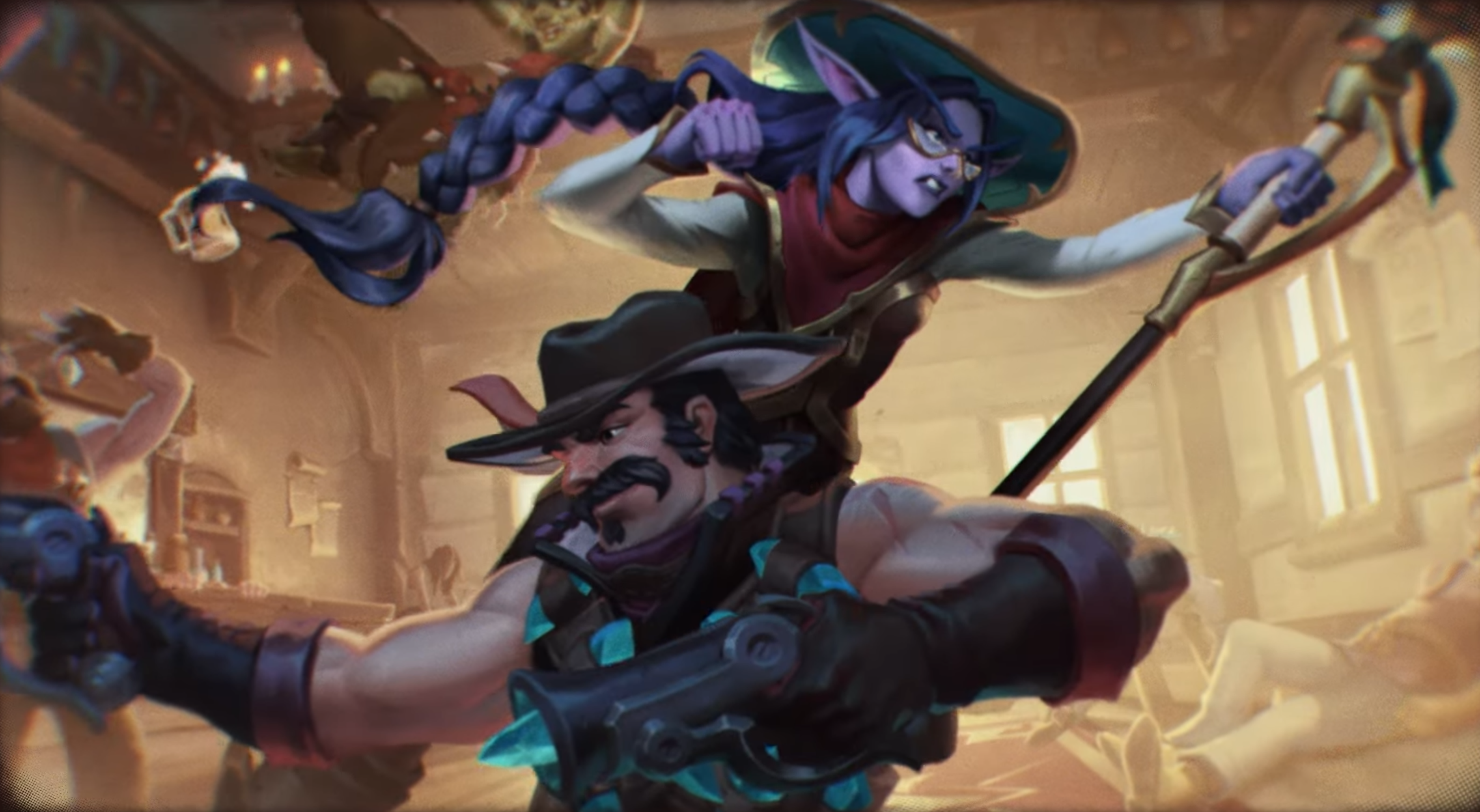
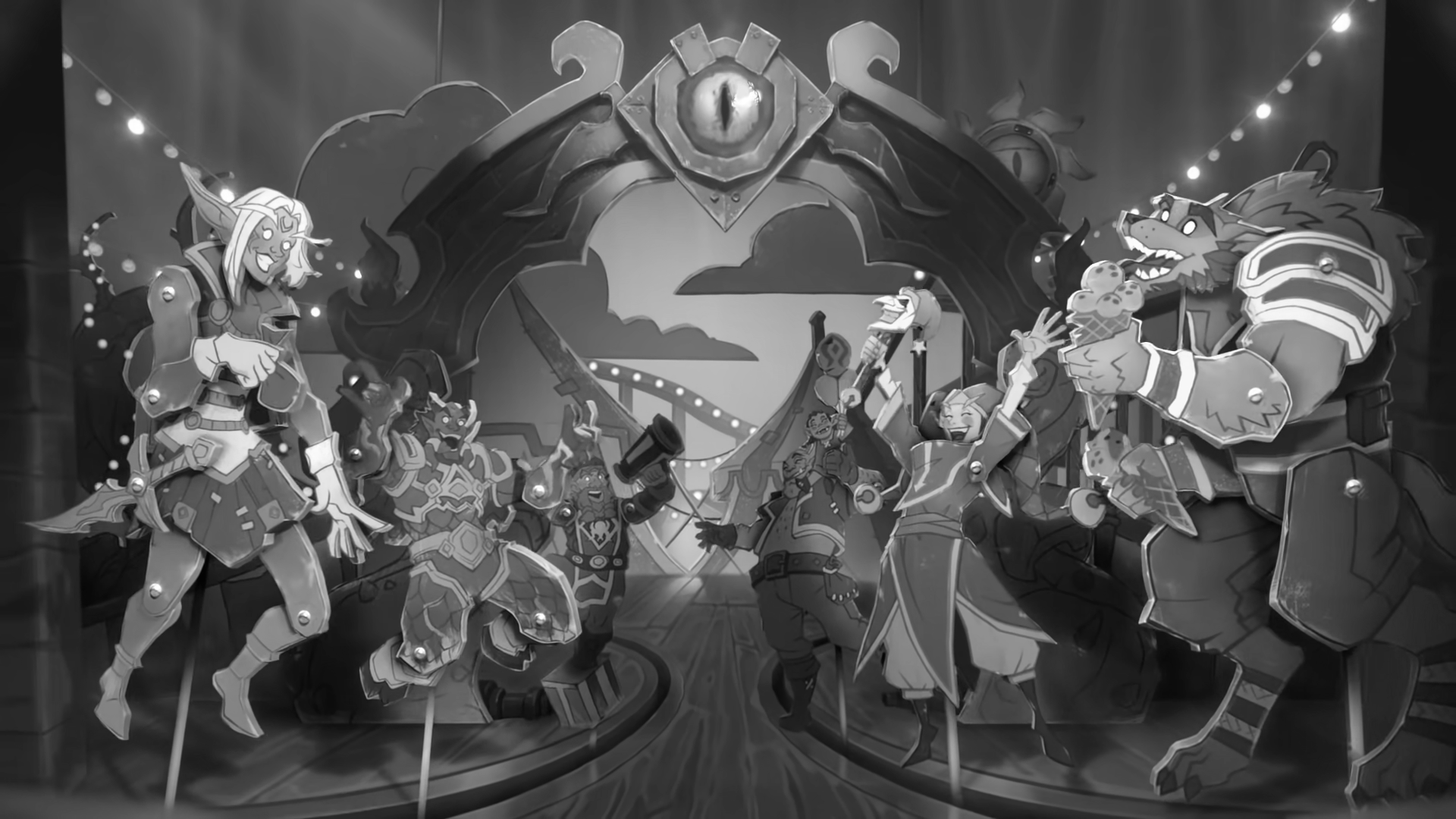
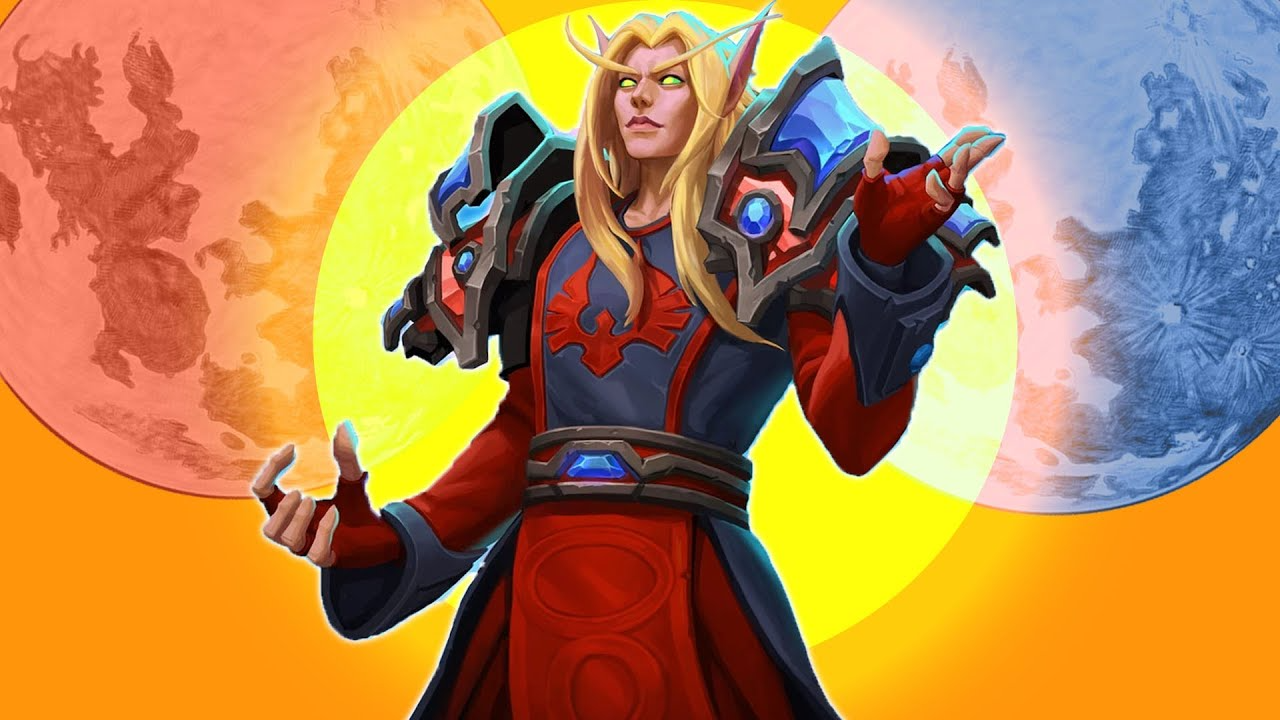
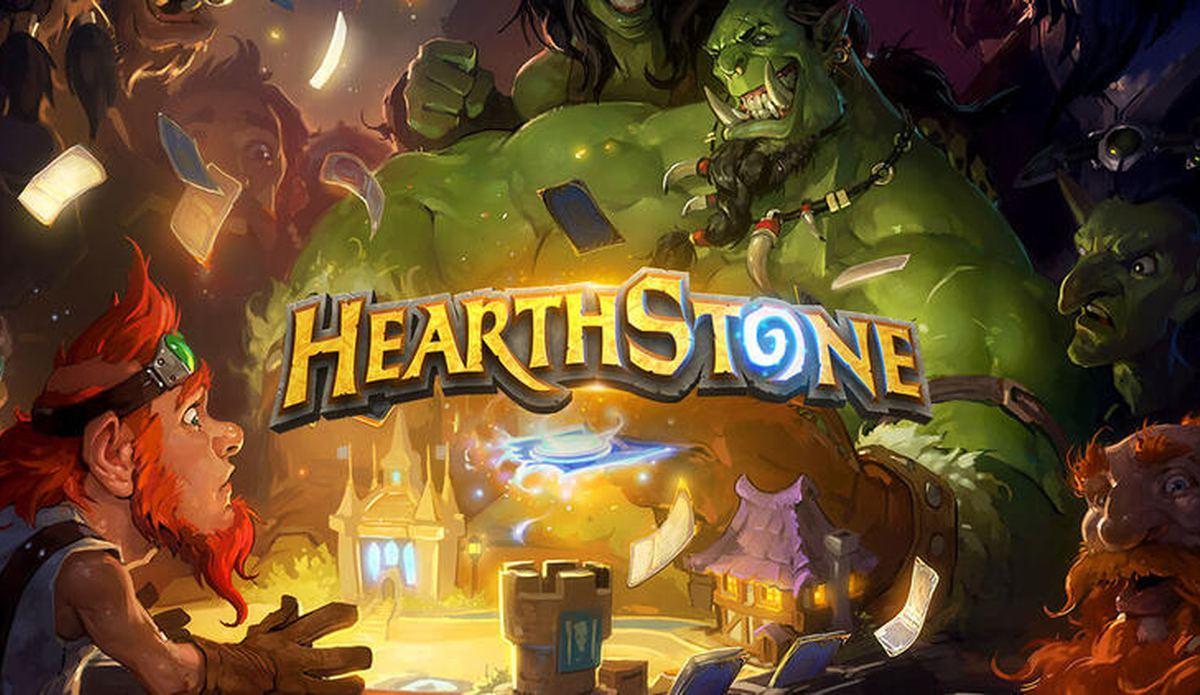
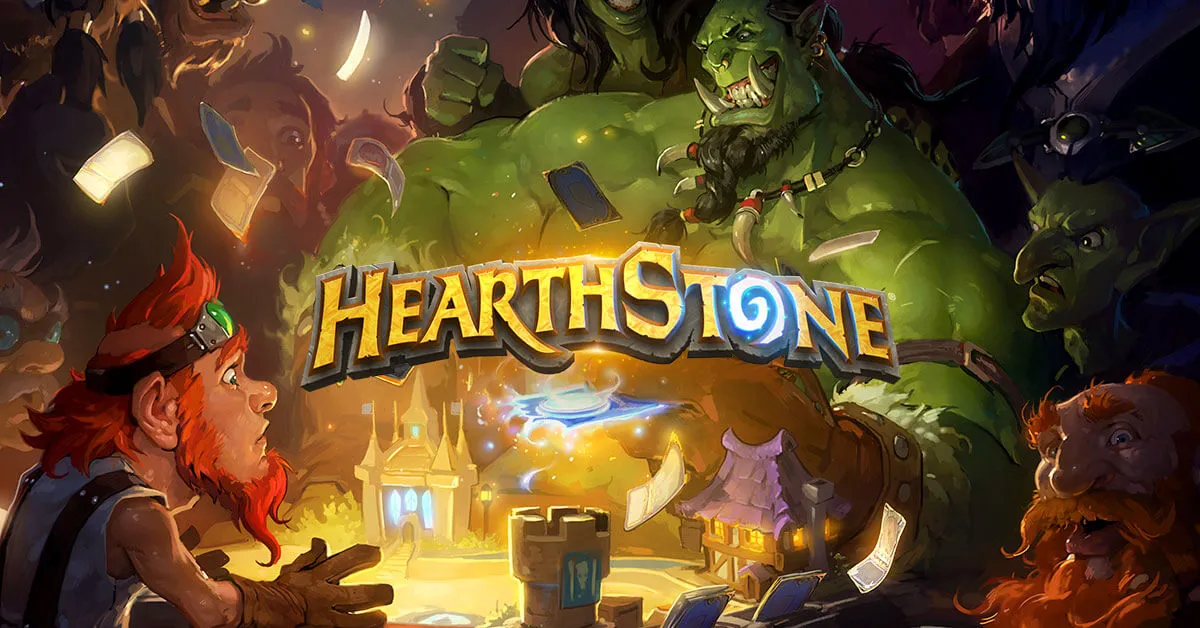

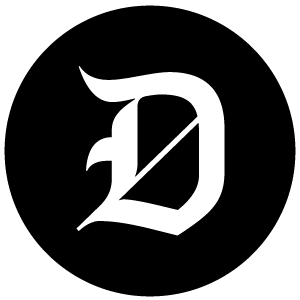
Published: Apr 21, 2015 09:01 am